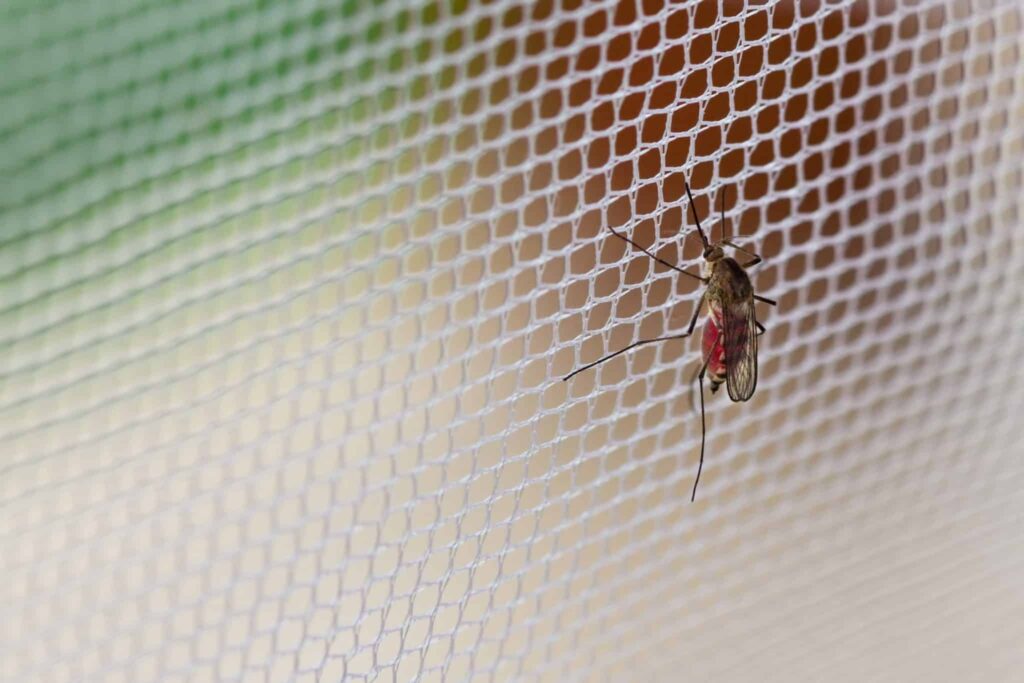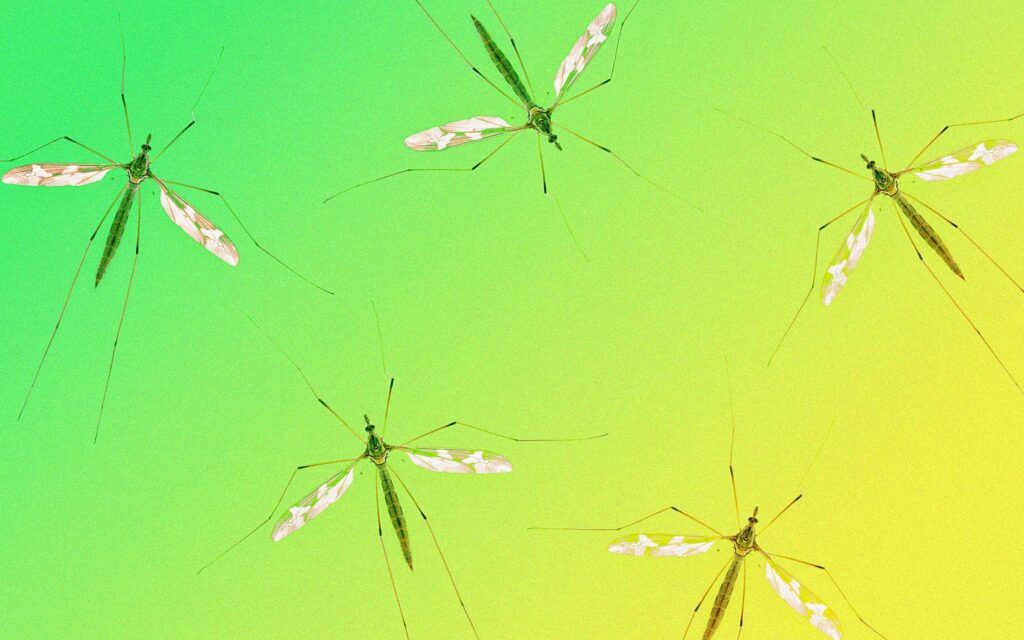Let’s face it: bugs are unwanted houseguests. We understand that it’s important for you to keep a bug-free environment in your home. There are a number of ways you can do this without using harmful chemicals or traps that you have to clean up after.
That’s if you can see the evidence of bugs at all. During the summer months, people in the Pacific Northwest like to get outside and enjoy the good weather – even when the sun goes down. This is when the flying creepy crawlies come up, especially after the light bulbs on the porch are turned on.
Here, we will offer some tips on how to keep the inside and outside of your house bug-free once the sun goes down for the day. These tips are also helpful in keeping bugs at bay during the day, too. The important thing to remember is one or two bugs getting into your home may be no cause for alarm – or a sign there’s an infestation nearby.
LOOK FOR WHAT IS ATTRACTING THEM
When dealing with bugs, the first thing you need to determine is what’s attracting them. If you can eliminate attractants, then you will minimize the chance of them invading your space. One of the main things bugs like is standing water. Rivers, ponds, water fountains, or even small puddles can attract insects.
Outdoor storage boxes or water hose storage units are also popular places for standing water to develop. Be sure to clean the water out regularly, as to not invite insects where they aren’t wanted. Make sure bushes and plants are kept away from the home, too. These act as little bridges for the flightless bugs.

BRING OUT THE CITRONELLA
Bugs – especially mosquitos – do not like citronella candles. Add some candles around the outside patio or deck area to keep them away at night. Bug strips are rather unsightly, zappers will leave dead bugs all over, and ultrasonic bug repellent devices can be expensive. At least the citronella candle comes with the nice, soft glow of yellow light from the wick.
KEEP YOUR HOUSE CLEAN
Bugs, especially ants, love sweets. Leaving sticky stains around your countertops, tables, chairs, or on the ground outside will attract ants right away. Make sure to wash anything sticky off the surfaces of your home – especially the kitchen, to avoid bug infestation.
This is probably the most important thing you can do to keep a constant stream of insects paradigm into your home. Like most animals, bugs are in a constant search for food. When they find a good source of food, they aren’t likely going to give it up any time soon.
So while you may remove a bunch of ants, earwigs, or silverfish one day, they could all return the following day. Why catching one mouse in a trap doesn’t mean the problem is taken care of. In fact, it could take a few weeks of cleaning to remove the problem altogether.

GROW THE RIGHT PLANTS
Herbs like mint and rosemary are not attractive to bugs, but they’re delicious for us! Planting plenty of herbs around outside will have a dual purpose – naturally repelling insects and keeping your meals more flavorful. As we mentioned above, it’s a good idea to keep vegetation off the side of the house, too.
Once springtime weather fully arrives, we will be spending more time outdoors and bugs will be working overtime to get into your yard or home to wreck the fun. If you are experiencing an annoying bug infestation, we can help eliminate the problem at the source.
The Bug Man will perform an inspection of your home, inside and outside, to give us a better idea of what we’re dealing with. By being on location, we can tailor a plan for your specifications. There is no one plan that works for every situation.
Instead of just throwing a few “bug bombs” inside and keeping you from home for a few days, we take the time to develop a plan that is safe for you, your family, and your pets. We want to remove the pests from the home while causing the least amount of damage to your home and the environment.
To learn more about our methods, feel free to contact our experienced professionals or schedule an appointment today. Our prevention methods include recommendations for changes around your home as well as using products approved by the Environmental Protection Agency.
More to read: A Comprehensive Guide to Choosing Anniversary Flowers
